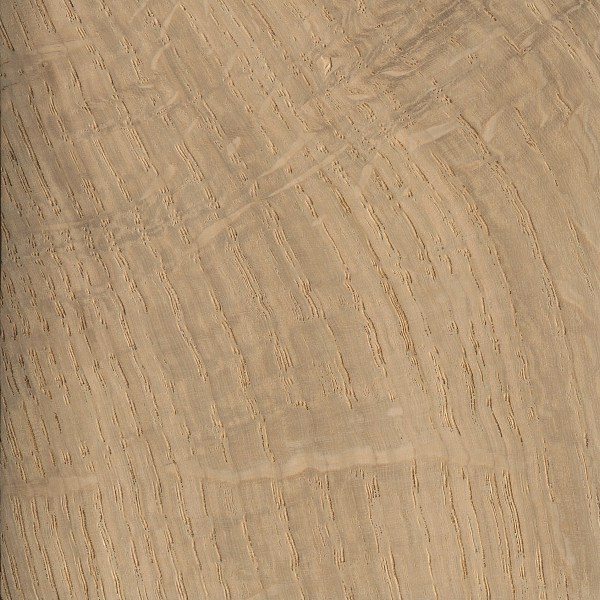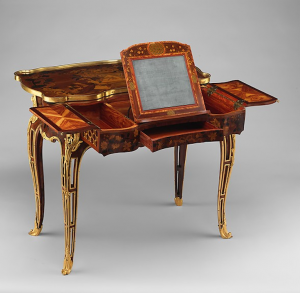
English Oak is one of the few rather local woods used in the Oeben desk and it’s use makes practical sense. A common and economically priced wood that could be found throughout Europe, English wood is usually attributed with having exceptional resistance to decay. The desk’s foundation was built through the use of English Oak which was later veneered with mahogany, kingwood, and tulipwood. The veneering process involved taking thin layers of these foreign woods and attaching them most likely with glue to this English Oak base. Not only did this process save cost, it also ensured a consistent strength throughout the desk.
